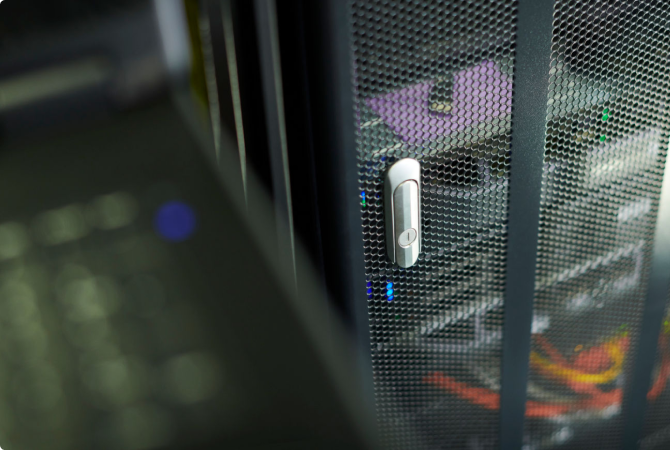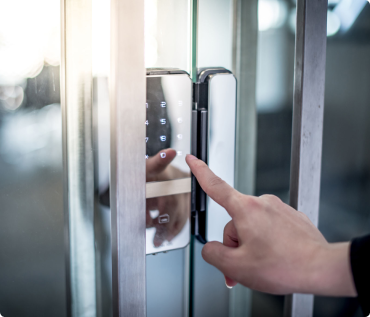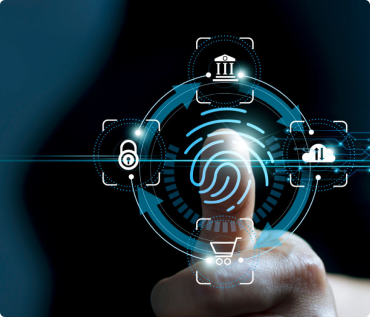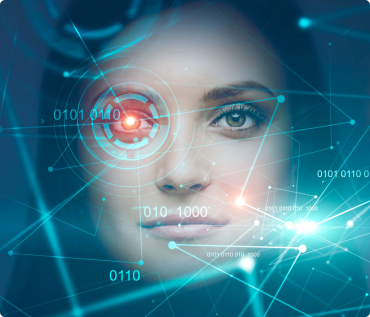A former Cisco employee got illegal access to the company's cloud infrastructure and used malicious code to remove 456 virtual machines used by Cisco's WebEx Teams service. Consequently, about 16,000 WebEx users were incapable of getting their accounts for two weeks. As a result, Cisco had to spend almost $1.4 million in staff hours auditing and repairing their infrastructure. The company also had to repay a total of $1 million in compensation to harmed users.
But do you wonder why this happened? What is at fault? Let's understand it. To obtain access to cloud infrastructure and deploy his malware, the former Cisco employee used his knowledge of Cisco's security measures and exploited their flaws. Two-factor authentication and other access management techniques were unable to protect access to sensitive resources.
However, why are we discussing this? Where does this example lead you? It aims at data center security and management. It is one of the most critical areas of any company or organization. So what is data center security? Why is it important? What are the issues concerning it? What tools are available to manage data center security? Well, all these points are elaborated in detail as you read further. First, let's start with the basics!
What is data center security?
A data center is a place where IT infrastructure, such as networked computers and storage, is kept to organize, process, and store enormous volumes of data. Data centers provide data storage, data recovery, data management, and networking services, among many other things. Data center security attributes the physical methods and virtual technologies used to guard a data center from outside threats and intrusions. At its most basic level, data center security is concerned with the protection and accessibility of the data it manages.
Why is Data Center Security Important?
In present times, securing the data center is more crucial than it has ever been. Because of the high pace of technology shift, security threats continue to evolve at a rapid pace. Data leaks and other cyber attacks are becoming a more serious threat to any company or organization. Data breaches that result in stolen or destroyed data can result in hefty fines, customer loss, costly recovery expenses, and reputational harm. Some companies even never recover entirely after a data breach. That's why it's critical to keep your data center secure and protected.
What are the significant data center security issues?
There are several requisite data center security problems to consider to protect the data center's information. These vital issues are as given below.
Access to the Building
The physical safety of the data center facility and its components is critical to the safety of the underlying data within it. That's why there are few things to consider when deciding upon physical security measures. How secure is it to get access to the data center? Is it possible that unauthorized persons could gain access to the facility? Once inside the building, how well is the key to the data halls controlled? What systems are in a position to maintain track of movement within the structure?
Access to Data
With the advancement of technology, digital hacking has become very easy, and it is a serious threat to companies. The data is accessible on the tip of a hacker's finger if they know hacks to access it. Therefore, always consider the following points to get the best solution to safeguard your data. How secure is stored data from hackers, given the rise in cyber attacks? Are your firewalls and anti-virus software abreast of time? What about the data's physical security? How secure is the data online against physical access?
Data Protection
The foremost duty of any organization is to protect their data at any cost as their finance, image, and security depend on it. They should always have a check on who in their organization has access to it. In addition to data access, how well is data safeguarded regarding privacy and adherence to regulatory standards? How secure is the data stored, and how quickly can it be restored in the event of a hardware failure?
Redundancy
In data centers, redundancy refers to a user interface in which a component gets replicated. Because of this, the IT equipment is not adversely affected by a power outage, equipment failure, or any unexpected breakage. These are unprecedented events, and centers need to protect data in such situations. Therefore it is indispensable to give heed to this concern. Always consider, What kind of redundancy does the data center have in power outages, fires, or natural disasters?
What data center security tools are available?
Several data center security tools can be taken into the application to improve the overall security of a data center. They are as follows:
Video Surveillance
Video surveillance is an excellent tool for data centers security. Entry points, all inside doors and the data floor need monitoring using CCTVs cameras with complete pan, tilt, and zoom capabilities. Camera footage should be strengthened up digitally and archived elsewhere to guard against illegal tampering.
Secure Access Points
Sensitive areas, such as the data floor, should be protected with more than just a closed door. Physical security measures for every data center facility include staffed checkpoints with floor-to-ceiling turnstiles or man-traps that prevent an authorized visitor from handing credentials to someone else.
Background Checks
Data centers have many people moving around in them, between security personnel and remote hands technicians. Conducting extensive background checks on employees and instituting vetting standards for all third-party contractors can provide clients confidence that these people are trustable with their critical IT assets.
24x7 Security
Without security personnel on-site to respond to possible threats and unlawful behavior, security checkpoints, cameras, and alarms will be ineffective. Routine patrols across each data center zone can serve as a visible reminder that security officers are on the lookout and ready to respond promptly if an issue arises.
RFID Asset Management
While having data center security employees on-site and archived camera footage is essential, keeping surveillance on every part of hardware at all points is challenging. Data centers can monitor and track assets in real-time using RFID tagging and robust business intelligence tools.
For example, SmartRID-SLIK is a card reader that is compact, provides security, authentication, and access control to your entryway. SmartSLIM is a card and pin-based terminal for attendance and access management. It is a sophisticated device with an attractive (2.4”) TFT display with capacitive touchpad. Option of personalizing the display screen by adding the company logo in the specified display area is also available.
Biometric Technology
Biometric technology is one of the most recent security standards advancements, identifying people using a unique physical characteristic such as a handprint, retina shape, or voice pattern. There are many ways to include biometric technology in access protocols. For example, It can be beneficial as part of two-factor authentication.
Check out Smart I Systems’ BIOslim, an amazing product for attendance and access management.
How can you maintain security within a data center or data room?
You can keep a data center or data room secure by ensuring that the proper access control measures are in place. The system should follow an individual's activities and send out notifications when an unlawful event takes place. When a security alarm sounds, action must be swift and accurate, whether it's turning on a CCTV camera, sounding a siren, or notifying security personnel of a potential security breach. Other data center environment monitoring solutions can assist in safeguarding expensive IT equipment from overheating and lowering the risk of failure.
Data center rack level security management
Security management at the rack level in data centers is usually the weakest point in the physical data center security design. The data hall is generally well-protected outside with proximity cards, biometrics, and CCTV, but rack-level security gets disregarded generally once you are inside. Cabinet doors are frequently removed or left unsecured, and even closed cabinets pose a security risk. Because most IT cabinet manufacturers employ a standard key lock on their racks, a key for one rack will almost certainly open additional shelves from the same manufacturer. Without a sound data center rack level security management system, the data housed within is vulnerable to untraceable physical access by dissatisfied staff or visiting engineers.
Security at a definite asset level
A domain unnoticed in data center security is the protection at a definite asset level. With new equipment being installed, installed equipment being reallocated, and redundant equipment being removed, how safety is managed at the asset level is vital to the security of the data stored on the devices.
Manual systems are notably tricky to administer; therefore, an asset management system is a more innovative alternative. The majority use RFID asset tagging, which works to follow the movement of a single object, such as a piece of machinery or even a person. The doorway is quite simple. RFID readers can follow an asset's movement as it enters or exits a room, while handheld RFID scanners make auditing more effortless and faster. In trace mode, the scanners identify misplaced assets in a fraction of the time that a manual or even a barcode system would take.
Physical Security of Rack
The physical security of the cabinets or racks should also be considered important as they contain essential equipment that store sensitive data. Unlike the old times, today the cabinets or racks have a more advanced structure as a result of improvised data centers. Thus, it is beneficial to install an integrated security tactic to secure this structure to demonstrate effectiveness.
Modern locking systems such as swing-handles like SmartSWING are extremely protected, durable and can be modified. Yet, to add an extra layer of safety they come with biometric and card access. Electronic Locking Swing Handle features an efficient microprocessor-controlled gear motor design that warrants minimal power consumption and provides intelligent locking and monitoring capabilities.
Conclusion
With new advancements in technology in the coming decades, more robust data center security practices will come into place, and so will cyber-attacks. Keep in mind that security builds on a foundation of physical and digital integrity in layers. Demand nothing less than the most incredible data center ecosystem for your information storage that needs to take control of your data's uprightness, confidentiality, and security.





